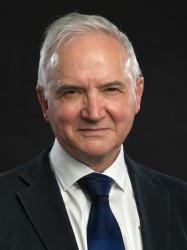BibTex format
@article{Moore:2020:10.3390/v12101164,
author = {Moore, SC and Penrice-Randall, R and Alruwaili, M and Randle, N and Armstrong, S and Hartley, C and Haldenby, S and Dong, X and Alrezaihi, A and Almsaud, M and Bentley, E and Clark, J and García-Dorival, I and Gilmore, P and Han, X and Jones, B and Luu, L and Sharma, P and Shawli, G and Sun, Y and Zhao, Q and Pullan, ST and Carter, DP and Bewley, K and Dunning, J and Zhou, E-M and Solomon, T and Beadsworth, M and Cruise, J and Crook, DW and Matthews, DA and Davidson, AD and Mahmood, Z and Aljabr, W and Druce, J and Vipond, R and Ng, L and Renia, L and Openshaw, PJM and Baillie, JK and Carroll, MW and Stewart, J and Darby, A and Semple, M and Turtle, L and Hiscox, JA},
doi = {10.3390/v12101164},
journal = {Viruses},
pages = {1--16},
title = {Amplicon-based detection and sequencing of SARS-CoV-2 in nasopharyngeal swabs from patients with COVID-19 and identification of deletions in the viral genome that encode proteins involved in interferon antagonism},
url = {http://dx.doi.org/10.3390/v12101164},
volume = {12},
year = {2020}
}

